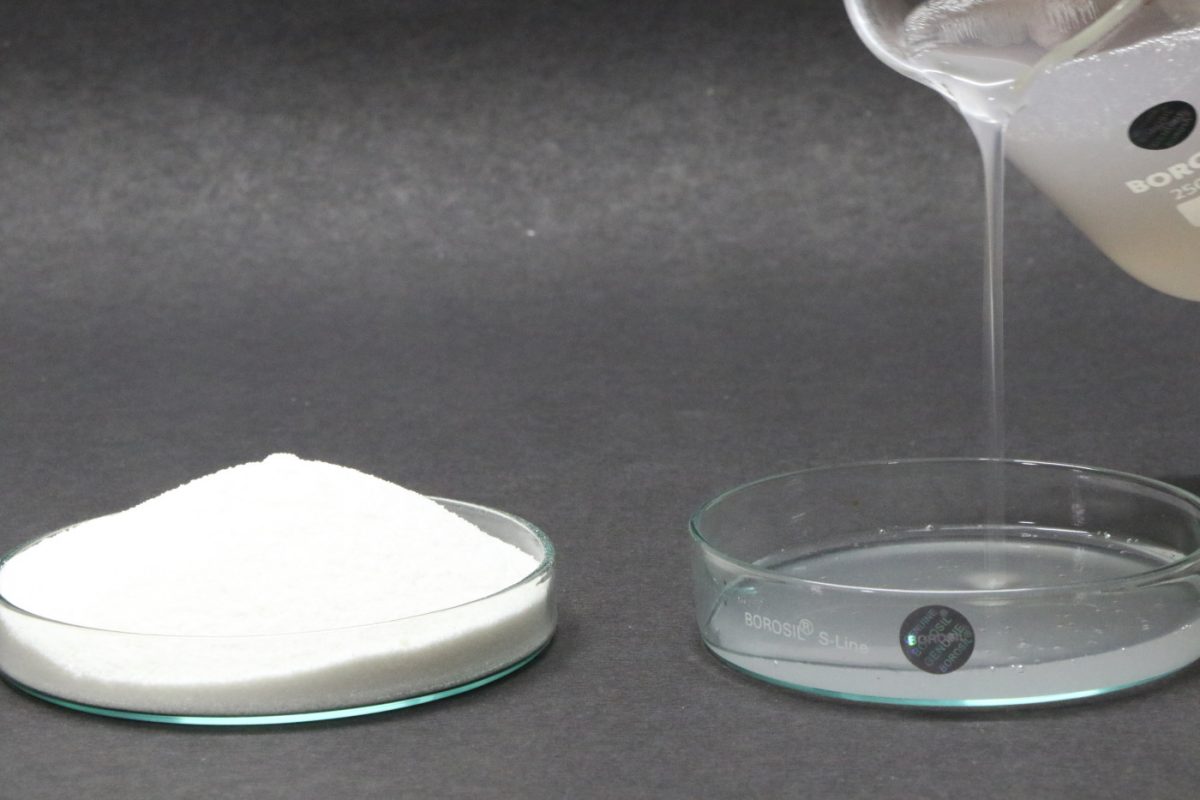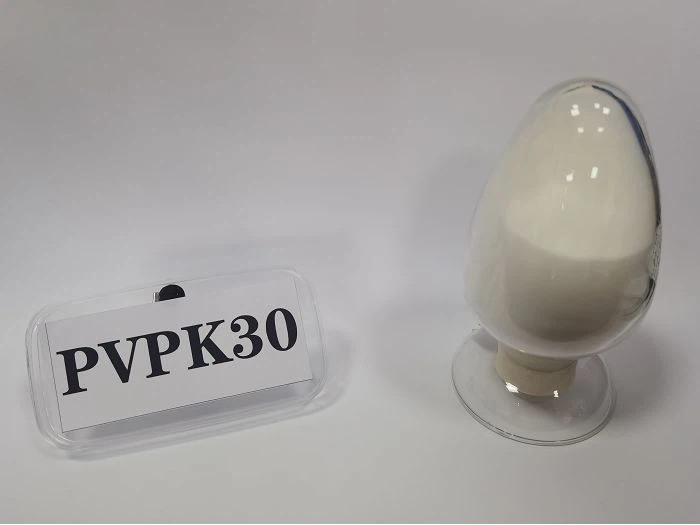1. Chemical structure
Pregelatinized starch is partially or fully modified starch by chemical and mechanical reactions. The typical composition of partially pregelatinized starch is 80% unmodified starch, 5% amylose, and 15% amylopectin. Fully pregelatinized starch contains 20-30% amylose and the remainder amylopectin. For both forms of pre-gelatinized starch, the ratio of amylose to amylopectin is approximately 1:3. Rice starch and potato starch are common starting materials for the production of pregelatinized starch.
2. Pharmacopoeia nomenclature
Pregelatinised starch (BP); Starch, Pregelatinised (PhEur); Pregelatinized Starch (USP-NF)
3. Trade name
Starch 1500, Sepistab ST200, Lycatab PGS, Lycatab C, Instastarch, Prejel.
4. General properties
- Pregelatinized starch is available in a variety of sizes, from large granules to fine powders. Pregelatinized starch is odorless, white to off-white in color, and has a distinct taste.
- The pregelatinized starch has a particle size range of 30 to 150 microns, with an average size of 52 microns.
- For partially modified starch, more than 90% pass through a 100 mesh (149 microns) sieve, and less than 0.5% pass through a 40 mesh (420 microns) sieve.
- Pregelatinized starch is insoluble in organic solvents, however slightly soluble or totally soluble in cold water, depending on the level of gelatinization.
- Pregelatinized starch is hygroscopic.
5. Incompatibility
Almost compatible with many excipients and pharmaceutical active ingredients.
6. Main application
In solid dosage forms like tablets or capsules, pregelatinized starch is frequently used as a binder, diluent, or disintegrant.
Partially modified starch can be utilized as a dry binder in direct compression or dry granulation since it has superior flowability and compressibility than starch. Furthermore, pregelatinized starch shows self-lubricating attributes, which aid in reducing stickiness when pressing tablets. The bulk’s lubricant properties can be improved by using magnesium stearate and stearic acid.
Fully modified starch can be employed as a binder in wet granulation methods or in soft capsule formulations.
The ratio used in the formula is as follows:
- Diluent to fill hard capsules: 5 to 75%
- Binder (5–20%) for direct compression
- Binder (5–10%) for wet granulation
- Disintegrants (5-10%)
7. Personal experience
- Pregelatinized starch is moisture resistant, making it ideal for moisture-sensitive active compounds. The presence of numerous hydrophilic hydroxy groups helps ensure pregelatinized starch’s moisture-proof function. Since hydroxy groups have a high ability to store water and a low free water content, they protect the active substances from the effects of moisture.
- As a result of its elastic deformation properties, pregelatinized starch is relatively sensitive to lubricant excipients. In some formulations containing pregelatinized starch, a lubricant excipient is unnecessary, or a small quantity is required because pregelatinized starch itself is lubricant.
- In the wet granulation method, fully pregelatinized starch is frequently utilized as a binding excipient. However, disintegration properties are often eliminated as a result of gelation. Partially pregelatinized starch has both binding and disintegrating abilities.
- Pregelatinized starch is also utilized in extended-release tablets to control release. It frequently slows down the release rate of the active ingredients due to its gelation capabilities. Nonetheless, an experiment should be conducted in order to have a precise conclusion for each case.




